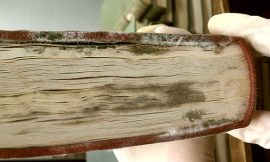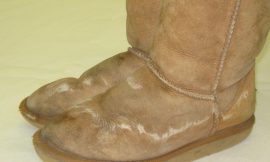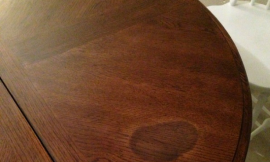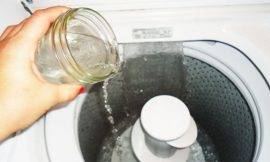
Did you know that mold can thrive in the damp environment of your washing machine seal? That's right! What’s worse is that this hidden mold can lead to unpleasant odors and even affect your laundry's cleanliness. As an experienced homeowner, I’ve encountered this pesky problem myself, and I’m here to help you tackle it effectively. In this guide, we will explore practical steps to eliminate mold from your washing machine seal, ensuring your laundry stays fresh and hygienic. Let’s dive into the ultimate cleaning routine that will save your washer and your clothes!
Understanding the Causes of Mold in Washing Machine Seals
Mold can be a persistent issue in washing machine seals, and understanding its causes is crucial for effective prevention and cleaning. Several common factors contribute to mold growth. A damp environment, especially in the rubber seals of front-loading machines, can create an ideal breeding ground for mold. Additionally, the use of high-efficiency detergents, which may not clean as thoroughly, can leave residues that fuel mold.
Maintaining your washing machine’s environment is also essential. Leaving the door closed after use traps moisture, which can lead to the development of mold. Ensuring proper ventilation can significantly reduce the chances of mold taking hold.
So, how can you tell if mold is present in your washing machine seal? Look for dark spots, a musty odor, or a slimy texture on the seal. Regularly checking for these signs can help you catch mold early before it becomes a significant problem.
Essential Tools and Supplies Needed
To combat mold effectively, you'll need the right cleaning supplies. A list of essential tools includes:
- White vinegar
- Baking soda
- Spray bottle
- Soft cloth or sponge
- Toothbrush (for hard-to-reach areas)
- Rubber gloves (to protect your hands)
Recommended products for effective mold removal often include specialized mold cleaners. However, if you're looking for eco-friendly options, using a mixture of water and vinegar can be a powerful alternative. Baking soda can also be used as a gentle abrasive to scrub away mold without harsh chemicals.
Step-by-Step Guide to Cleaning the Washing Machine Seal
Preparing your washing machine for cleaning is simple but essential. Start by removing any clothes from the machine and ensuring it's empty.
Use the effective techniques described here to remove mold from the seal. Begin by wiping down the rubber seal with a cloth soaked in a 50/50 solution of water and vinegar. For stubborn areas, create a paste using baking soda and water, then apply it and let it sit for about 30 minutes before scrubbing gently with a toothbrush. Rinse thoroughly with a wet cloth to ensure no cleaning residue remains.
Once done, safely dispose of cleaning materials like wipes, sponges, or gloves after use to avoid any risk of spreading mold spores.
Preventative Measures to Avoid Future Mold Growth
Keeping your washing machine free of mold involves adopting best practices. After each wash, leave the door open to allow moisture to escape and the seal to dry.
Tips on drying the washing machine include wiping down the seal with a dry cloth after use. Additionally, consider running a maintenance cycle with hot water and vinegar once a month to keep mold at bay.
Establishing maintenance routines for long-term results is beneficial as well. Regularly checking and cleaning the seal, along with ensuring proper ventilation in your laundry area, can prevent mold’s return.
When to Call a Professional
Sometimes, no matter how diligent you are, mold may persist, indicating the need for expert help. Signs suggesting you might require professional assistance include extensive mold growth that isn’t manageable through regular cleaning, or a pervasive musty smell that lingers in your laundry area.
When you call in a professional mold remediation service, you can expect a thorough inspection of your washing machine and surrounding areas, followed by effective treatment.
Before hiring, consider the cost implications. The price for professional mold removal can vary based on the extent of the issue, but investing in professional help can ultimately save you time and prevent further damage.
Conclusion
In conclusion, getting rid of mold in your washing machine seal doesn’t have to be a daunting task! By following these steps and incorporating preventative measures, you can maintain a clean, mold-free environment that will keep your clothes fresh and fragrant. Remember, regular maintenance is key! If you notice persistent mold issues despite your best efforts, don’t hesitate to reach out to a professional for assistance. Start today and enjoy the peace of mind that comes with a spotless washing machine!







